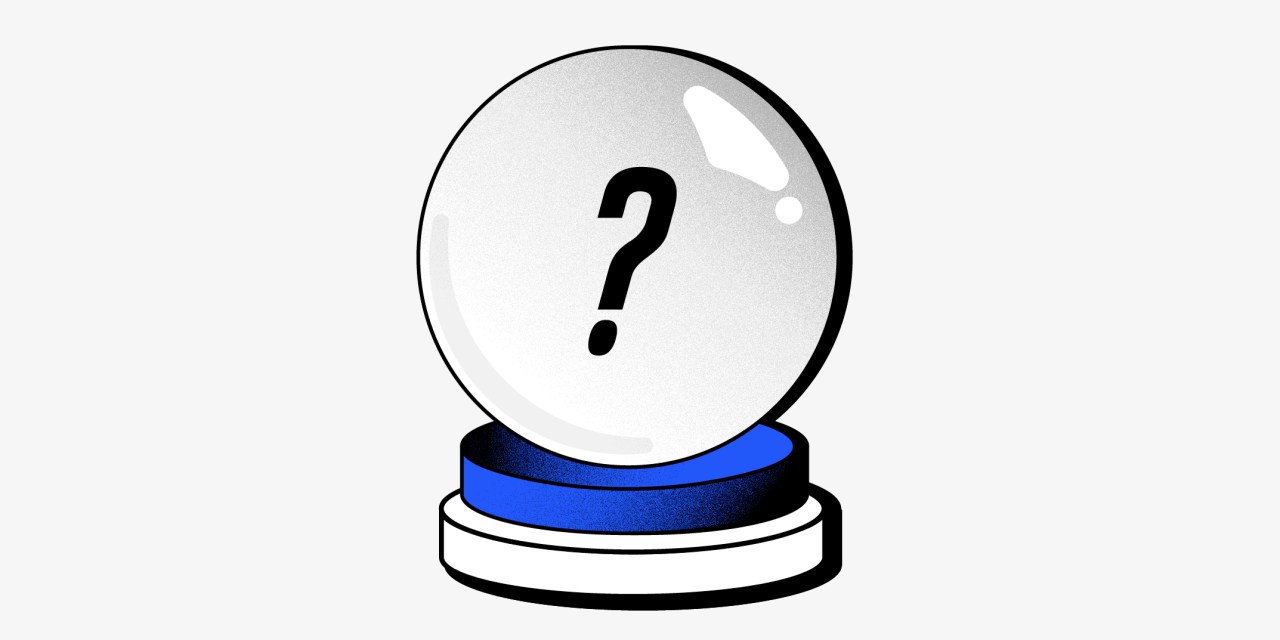Predictive technology could help solve employee burnout and talent churn

What if you, as a business leader, had a crystal ball to let you know which employees were about to walk out the door due to burnout, depression or anxiety — and provide a chance to address such problems proactively?
That’s the idea behind SaaS platform meQuilibrium’s data science-based employee resilience program, which has been used by companies like Marriott, Ford Motor Co. and Genentech to determine employee attitudes and predict their behavior.
Genentech, a member of the Roche Group, uses aggregate meQuilibrium data to inform proactive approaches for managers to help build resilience in their teams. At Marriott, meanwhile, slices of meQuilibrium data in the form of heat maps by country were used to support employee mental health.
“How many people have you heard recently who said, ‘Oh, I just lost my senior vp of sales. I had no idea she was struggling so much.’ And you’re like, ‘I wish I had known,’ right?” said Jan Bruce, CEO and co-founder of Boston-based meQuilibrium.
HR population analytics that detect workforce breakdowns and risks are providing a growing number of employers with the power to take action to address burnout risk, stress and turnover intent in real-time.
There’s been a positive shift among business and HR leaders in recent years to understand the importance of knowing how their people are feeling and the state of their mental well-being, as Bruce explained. “In today’s world, work is so omnipresent in people’s lives and human resources are so essential to our businesses,” she said. Understanding and predicting employee behavior are, likewise, essential to manage those human resources, as well as business operations and a company’s financial well-being, she suggested.
Here’s how meQuilibrium works. At each client, incoming employees are asked questions to determine a profile of that employee. Its proprietary assessment tool then allows for the gathering of emotional and cognitive behavioral data — information such as how the employees are feeling about their jobs, or whether they feel they have the support of their bosses and their families.
Over the past decade, the company has not only amassed a wealth of personal data about thousands of corporate employees but has developed predictive algorithms, analytics and models to aggregate all that data and present it to employers so they can get a bird’s-eye view into what’s going on with the rank and file. The company’s products and processes are privacy sensitive and HIPPA-compliant, the CEO added.
The product is designed not only to identify problems but to head them off. For example, a high-functioning employee might be warned that they need to slow down a bit or be sure to take care of themselves physically, getting enough sleep and exercise and so on. Or, an employee who appears to be struggling may be advised to take advantage of mental health resources being offered by their employer.
“We’ve seen two-and-a-half years of +50% increases in burnout,” Bruce observed. “We have seen rising mental health issues — people are angry, they’re anxious, they’re uncertain. Companies are acutely aware when their people are not working at their best. It accrues to the productivity of the company, and it accrues to the customer experience. Data and data analytics are for forward-thinking organizations; identifying patterns and risks is the new advantage.”
Brenton Thomas, founder and CEO of the digital marketing agency Twibi, sees such predictive analytics solutions as key to staying on top of what employees are thinking and feeling, including burnout, which can be caused by a range of factors from long hours and unrealistic expectations of bosses to a lack of autonomy and poor work-life balance. “While it’s not possible to eliminate all these factors, predictive analysis can help organizations identify which employees are most at risk and take steps to mitigate the risks,” he said.
Noting several predictive analytics solutions use a variety of data sources — including performance reviews, time-tracking data, and email and social media data — to build models that predict which employees are most at risk, Thomas stressed the importance of following up by establishing KPIs and dashboards to track the accuracy of predictions and the impact of employer interventions.
Predictive technology is not the only means of tracking how their employees are doing. More primitive solutions can also be effective, some argue.
Emily Cooper, founder and general director of the online retailer Oliver Wicks, manages to keep up with her employees’ progress and check in on their well-being through regular surveys sent out by the HR department. The company has also established a mentorship program enabling employees to open up and be guided by someone more senior than them.
“Whenever we find out that an employee is going through a rough patch, we make it a point to reach out to them and figure out how to ease their troubles,” she said. This might come in the form of counseling sessions or a break from work.
Ana Codallo, CTO of Key Opinion Leaders, a global platform that tracks the reputations of healthcare professionals, noted that simple observation of one’s team can predict issues around burnout and more. For example, absenteeism can suggest an employee is facing burnout even more than his or her level of output, she maintained.
“Some people are addicted to stress — they have subconsciously trained their mind and body to churn out work even if they are stressed out, focusing only on their output and interpreting it as productivity,” she explained.
The solution to this problem, she suggested, is monitoring workloads and scheduling duties, regular counseling, management training and PTO.


